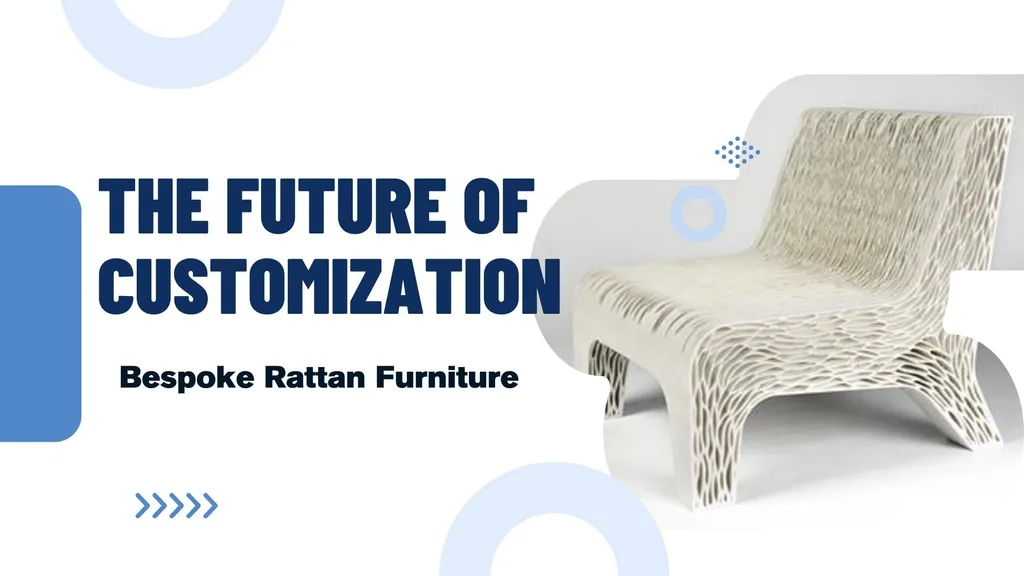Contents

In the vibrant handicraft industry, pricing is as much an art as the crafts themselves. It demands a blend of intuition, market insight, and consumer understanding to thrive in a competitive landscape. For artisans and manufacturers, effective pricing strategies can define success, balancing profitability with the unique value of handcrafted goods. This blog explores key pricing approaches in the handicraft market, offering actionable insights for businesses to stand out.
Understanding Pricing Strategies in Handicrafts
Pricing in the handicraft market is complex, shaped by diverse factors like material costs, consumer perceptions, and competitive dynamics. Unlike mass-produced goods, handicrafts carry cultural and artistic value, requiring tailored strategies to reflect their uniqueness. Below, we examine the most effective pricing methods artisans can adopt.
Key Pricing Strategies in the Handicraft Market
Cost-Plus Pricing
This method calculates production costs—materials, labor, and overhead—and adds a markup for profit. Ideal for new artisans, it’s simple but may undervalue the artistic essence of handmade goods.
Value-Based Pricing
Focusing on the customer’s perceived value, this strategy allows higher prices for items with cultural or artistic significance. For example, a handwoven basket may command a premium due to its heritage and craftsmanship.
Competitive Pricing
Setting prices based on competitors’ rates ensures market relevance. Artisans must monitor rivals’ offerings to avoid being priced out, especially in saturated markets.
Psychological Pricing
Subtle tactics, like pricing an item at $19.99 instead of $20, create a sense of affordability. Bundling or discounts can also attract value-conscious buyers.
Geographical Pricing
Prices can vary by region, reflecting local economies and consumer preferences. This approach maximizes competitiveness in diverse markets.
These strategies allow artisans to align pricing with the unique value of their crafts, appealing to varied consumer segments.
The Role of Consumer Behavior
Consumer behavior is pivotal in shaping pricing decisions. Handicraft buyers often fall into distinct groups: some seek exclusivity and cultural stories, while others prioritize aesthetics or affordability. For instance, tourists may pay a premium for memorabilia, while local buyers favor value-driven pricing. Understanding these preferences enables artisans to tailor strategies, such as premium pricing during tourist seasons or discounts for locals during off-peak times.
Price elasticity also varies across markets. Regular consumer feedback through surveys or social media can help artisans gauge reactions to price changes, ensuring strategies align with demand.
Impact of Production Costs
Production costs are a cornerstone of pricing. Handicrafts often involve labor-intensive processes and premium materials, driving up expenses. Key factors include:
Material Costs: Rare or imported materials, like exotic woods or dyes, increase costs and influence pricing.
Labor Costs: Skilled artisans require fair wages, which elevate product prices but enhance perceived value.
Overhead Costs: Workspace maintenance, marketing, and e-commerce fees must be factored into pricing.
Artisans can manage costs through strategic sourcing or by emphasizing quality to justify higher prices, balancing profitability with competitiveness.
Traditional vs. Modern Pricing Strategies
Traditional Methods
Conventional approaches like cost-plus pricing provide simplicity but may overlook the unique value of handicrafts. Seasonal discounts can boost sales but risk devaluing the brand if overused.
Modern Dynamic Pricing
E-commerce platforms enable dynamic pricing, adjusting rates based on demand, competition, or trends. For instance, artisans on Etsy can use data analytics to adapt prices in real-time, ensuring competitiveness while maximizing revenue. Personalized pricing, tailored to consumer segments, also enhances engagement.
Pricing in the handicraft market is a delicate balance of art, strategy, and market insight. By blending traditional and modern approaches, understanding consumer behavior, and navigating competitive dynamics, artisans can craft pricing strategies that reflect the true value of their work. Companies like Ethical Handicraft Manufacturer (EHM) exemplify this approach, leveraging thoughtful pricing to connect their handwoven crafts with global audiences, ensuring both profitability and cultural impact.





